THEY began with nothing. In the best rags-to-riches tradition, George and Sam Barris, giants of American customising, were taught the value of hard work before taking their first faltering steps in the growing car culture of the mid 20th century.
Although born in Chicago, the boys knew Roseville in northern California as home from their earliest days. Sent west by their father to be raised by an aunt and uncle after their mother died, Sam and George earnt their first dollars in the family restaurant.
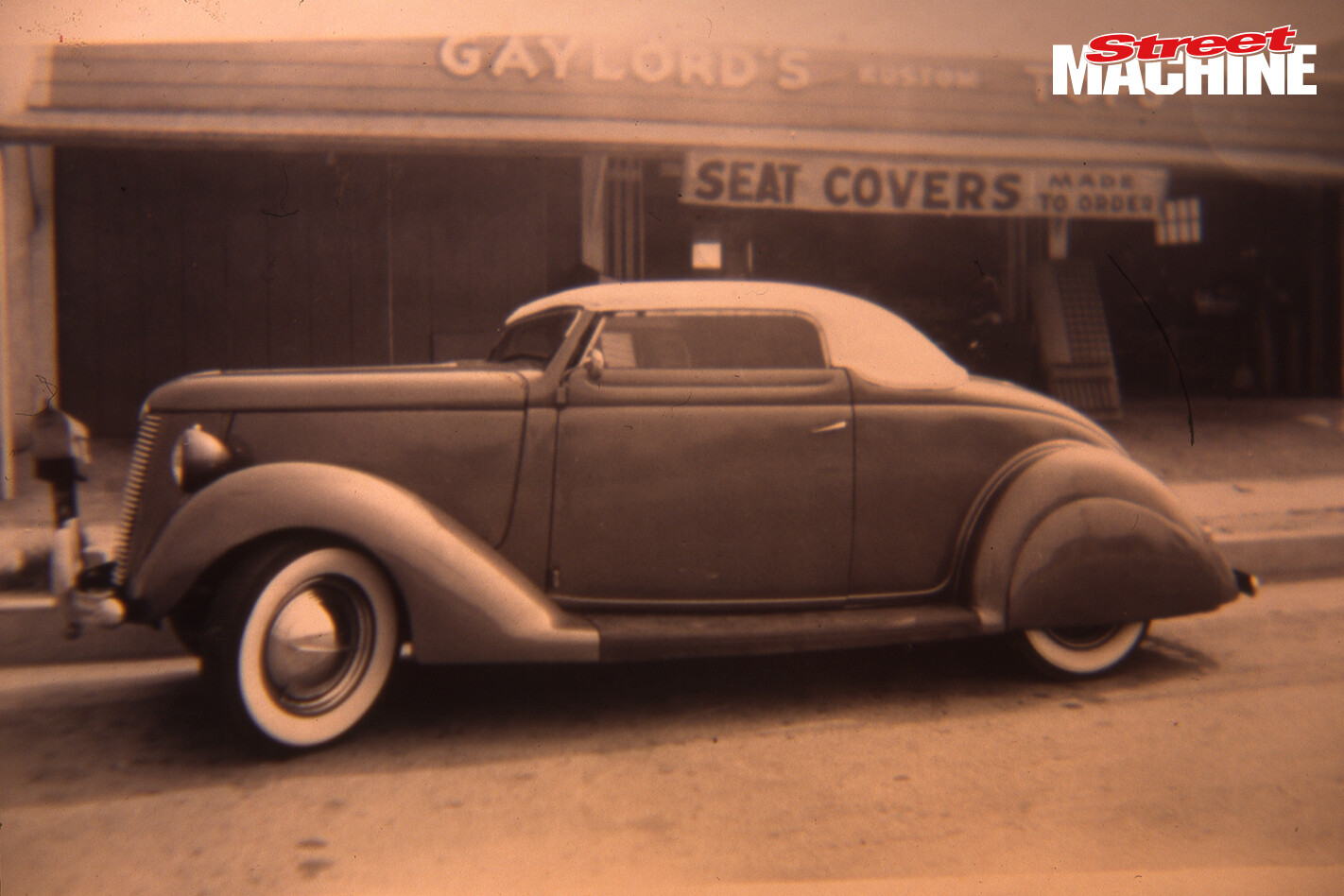 This ’36 Plymouth was one of George and Sam’s first commerical custom jobs
This ’36 Plymouth was one of George and Sam’s first commerical custom jobs
In his free time, George developed his passion for model-making, first with aircraft and later with cars. Before his 10th birthday George’s craftsmanship and skill were soon earning him prizes for construction and design.
Meanwhile the family restaurant flourished, and as a bonus for helping out, the two boys were given a car – a 1925 Buick sedan in need of some repair, and destined to become the first Barris Brothers’ custom project.
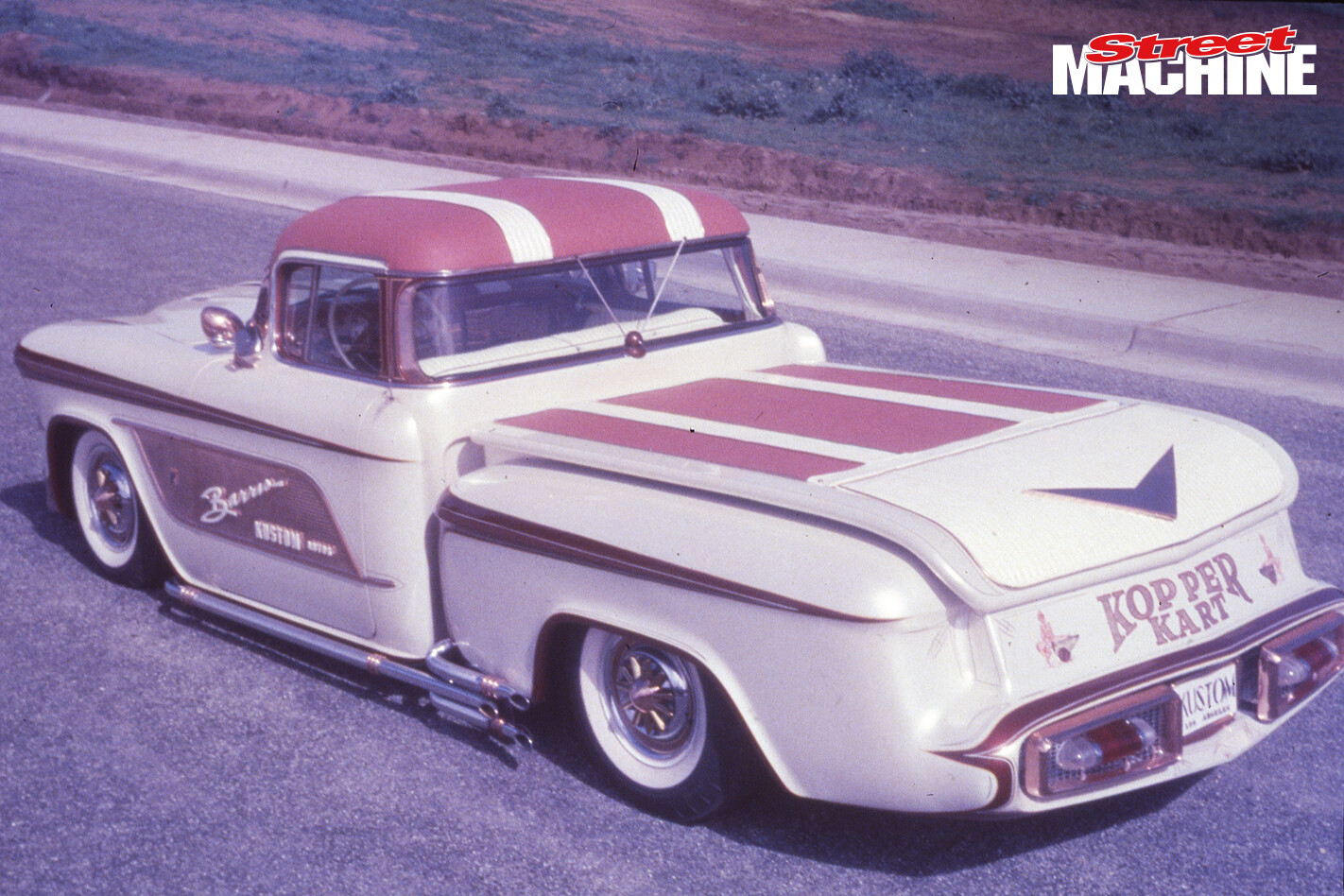 The ‘Kopper Kart’ was built from a six-pot ’56 Chevy and was sliced with a 4-inch chop and 5-inch section
The ‘Kopper Kart’ was built from a six-pot ’56 Chevy and was sliced with a 4-inch chop and 5-inch section
George finished the car in orange paint with blue stripes. It sold quickly to an eager buyer and the pair bought a ’29 Model A Ford with the proceeds. This time they went further, customising the car with accessories from the local hardware store – aerials, lights, side-exit exhausts, bonnet ornaments.
The brothers’ excitement and interest in their new craft mounted. They hung around local body shops after school, and were fortunate in meeting pioneer Harry Westergard. As George tells it: “I kept asking questions and watching. I learnt to gas weld and was allowed to try setting in a licence plate on a ’36 Ford. It turned out pretty good and the owner was pleased. After that our real customising began.”
Though still at school, the pair worked to their advantage by taking extra lessons in mechanical drawing, woodwork and metalwork: “we did just about anything that would teach us the skills to work on cars.”
George had completed his first full custom before he’d finished school – a ’36 Ford convertible. The urge to be different had him reworking the grille, fitting Pontiac bonnet side panels, De Soto bumpers and custom tail-lights. George had Hall Upholstery fit a Carson-style top.
A Plymouth owner saw what the boys had done to their Ford and asked them to customise his car – the boys had their first commercial customer. George soon formed the Kustom Car Club – the K to be different.
The brothers were separated during World War 2 – while Sam was called up, George set out for Los Angeles to learn more of his craft. He soon found a group of hot rodders to hang out with, but his cruising was shortlived after a crash mangled the Ford’s front end. Fortunately, he discovered Jones Brothers’ bodyshop where he was allowed to fix his car in exchange for working on customers’ repairs.
George opened his first shop in 1944. Sam, discharged from the merchant navy, rejoined him in ’45. Their talents proved complementary, with Sam’s skill in metalwork the perfect foil to George’s desire to design, paint and promote.
George’s first major custom was a ’41 Buick convertible. The car made the cover of Road and Track, immediately boosting interest in the new business. The timing was perfect. The brothers were invited to enter the first hot rod show at the Los Angeles Armoury. They took the Buick along, and discovered theirs was the only custom car on display. The fans loved it, and the Barrises were soon on the move to bigger premises – in Lynwood, where they’d stay for a decade – to cope with their growing workload.
And then Hollywood came a-knockin’. MGM asked the boys to build a pair of chopped custom 1948 Chevys for a street racing scene in High School Confidential. George, keenly aware of advertising possibilities, put plenty of effort into his magazine work too, and was soon working part-time as a journalist and photographer as well as running Barris’s Kustom Shop, taking every opportunity to promote the brothers’ techniques and products.
Barris grille treatments became a custom favourite, using ’48 Oldsmobile, ’48 and ’49 Cadillac items. With the advent of the ’49 Mercury, a ‘floating grille’ concept developed, and is still a favourite today.
It was Sam’s turn to defy convention with his chopped ’49 Mercury, and that too brought more customers interested in a new genre of ‘bathtub’ Mercury customs. Bob Hirohata was one, handing over his ’51 model for the full treatment. Once Sam got going, he had the project turned around in 40 days, and the car proved to be the sensation of the 1952 Motorama. And why not: the chop was perfect, the colour scheme sophisticated and the hardtop side window treatment gave the car a startlingly clean look. George had used the same technique on Nick Matranga’s ’40 Mercury coupe, removing the window frames and the B-pillars, and in their place fitting glass set into custom-made chromed frames.
Meanwhile, George had formed ‘Kustoms of Los Angeles’, a group limited to Barris customers that grew from weekend runs, and which would grow into ‘Kustoms of America’.
The Barrises’ Hollywood connection helped others as George began to act as an agent for other hot rods and customs, finding cars for TV series such as Dragnet and Window on Main Street. Soon, the shop began its long history of customising cars for some of the biggest names in town, including Clint Eastwood, Sammy Davis Jnr and Jayne Mansfield.
Returning to LA one day with a customer car on tow behind his new ’53 Lincoln, George collided with a farmer’s truck in thick fog. The crash peeled the top off the Lincoln. George, knocked flat but uninjured, realised he had been handed a great opportunity – to create a completely new design. The result was the Golden Sahara, perhaps the pivotal car in the brothers’ history and the sensation of the 1955 LA Motorama. This was the car that got the Barris brothers talked about in Detroit and impelled the big manufacturers to start adopting innovations from the custom world.
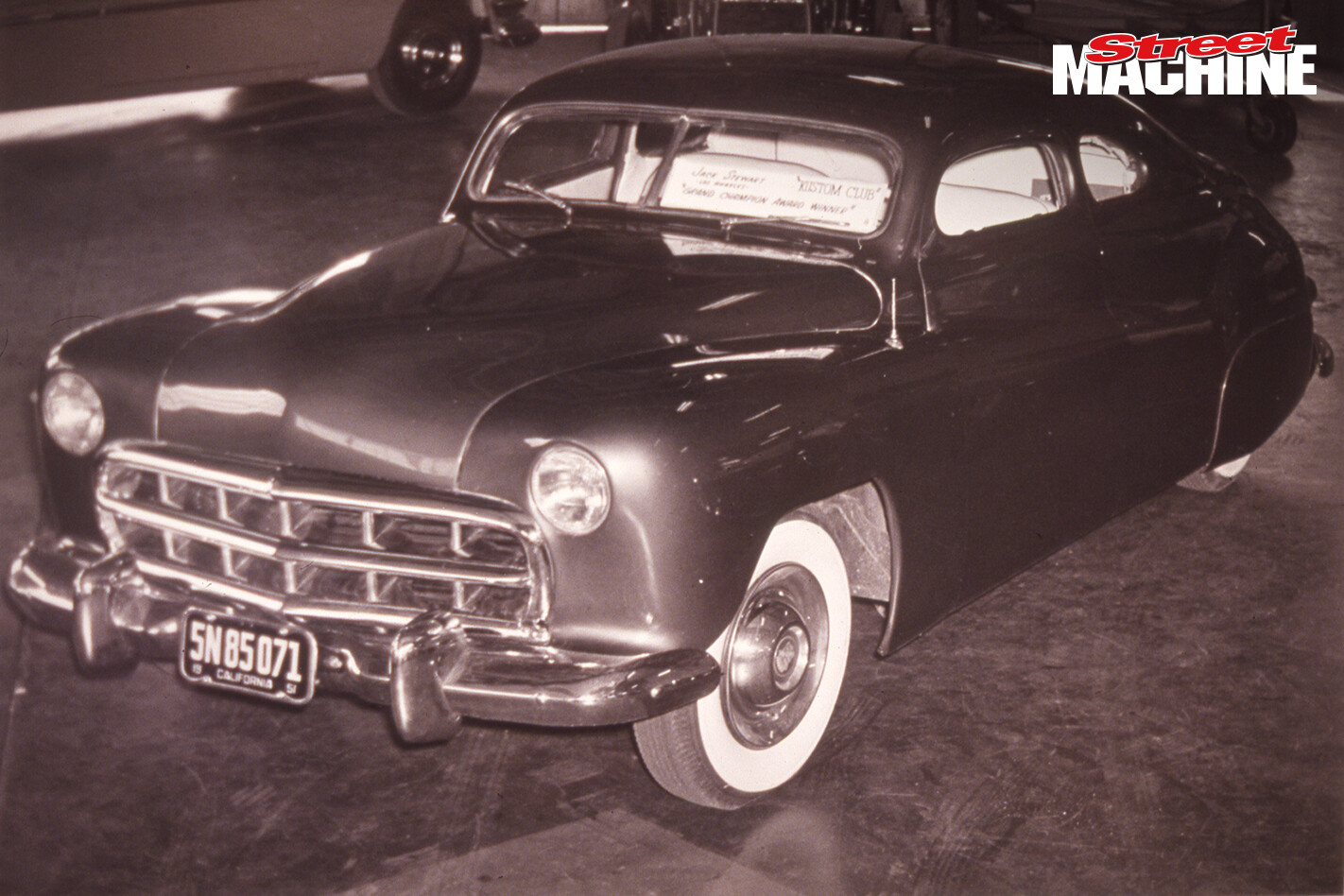 Jack Stewart’s ’41 Ford featured custom work by Kenny Lucas, the Ayala Brothers and Barris Kustoms
Jack Stewart’s ’41 Ford featured custom work by Kenny Lucas, the Ayala Brothers and Barris Kustoms
In Lynwood, the brothers’ techniques and methods evolved into identifiable form and style: chopping, sectioning, channelling and lowering became routine procedures. Other signature techniques included the V-butted windscreen and Kandy Kolor paintwork. Customers were buying Barris cars right across the US.
Soon, however, the Barris boys would go their separate ways. Sam became an accident investigator in Sacramento, his old home town, while continuing to do some customising – El Capitola, a heavily customised ’57 Chevy 210, was his last major build with George.
Fire swept through the Lynwood shop in December 1957, destroying 14 cars, including Archie Moore’s magnesium-bodied Jaguar. With wife-to-be Shirley Nahas, George rebuilt both life and shop, adding weekly TV appearances to his workload. Gradually, his work at the shop changed from building to design, promotion and management.
By now, every make and model was passing through the shops – Cadillacs, Studebakers, Buicks, even the odd Ferrari got the Kustom treatment, as well as a regular flow of more modest work such as frenching and paint.
The next showstopper to leave the building was Ala Kart, Richard Peters’ ’29 Ford pick-up. It was voted America’s Most Beautiful Roadster in 1958 and ’59, the show’s first back-to-back winner.
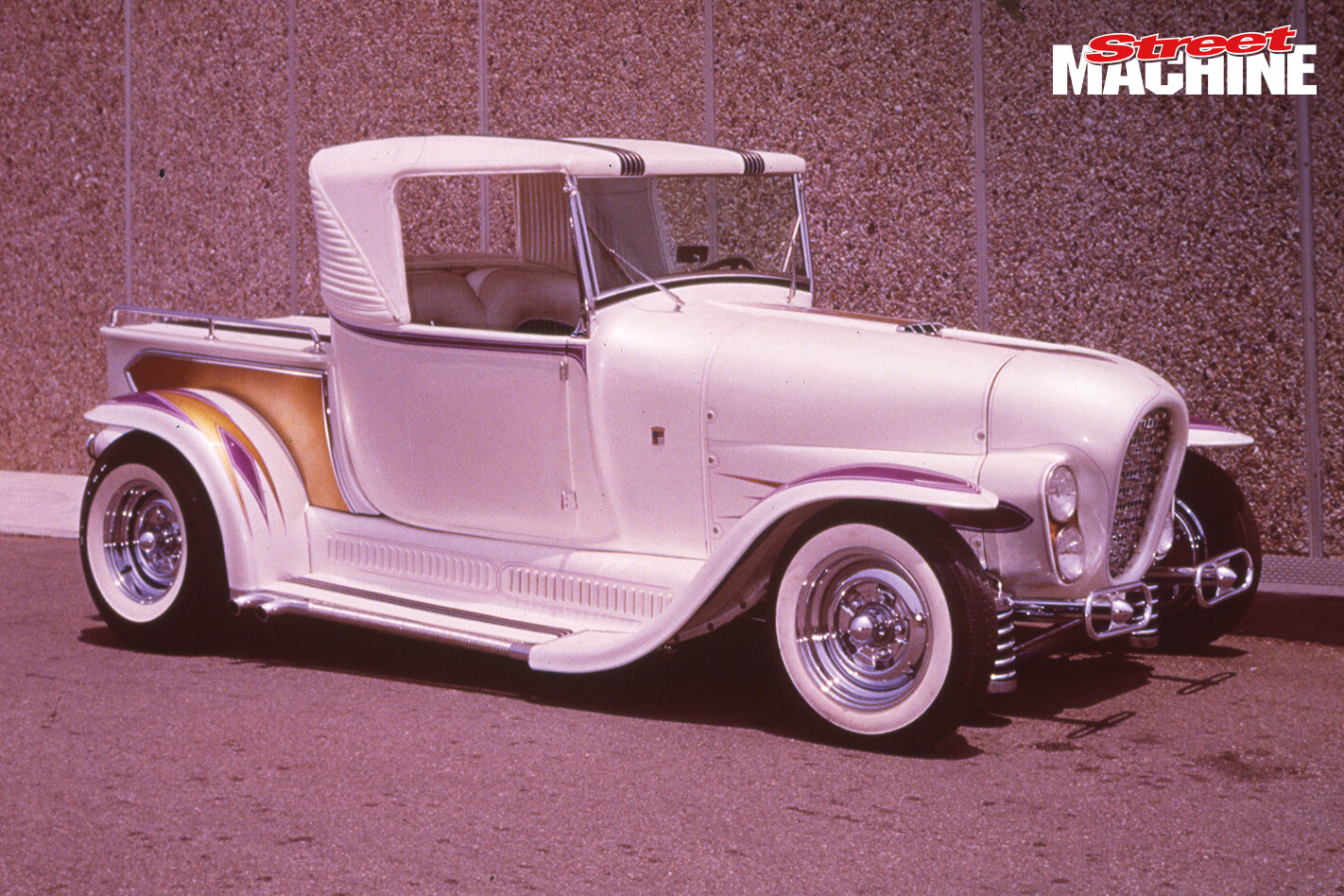 Ala Cart was built for Richard Peters from a ’29 Ford pickup. It won the coveted America’s Most Beautiful Roadster award in 1958 and 1959
Ala Cart was built for Richard Peters from a ’29 Ford pickup. It won the coveted America’s Most Beautiful Roadster award in 1958 and 1959
Another car to hit the front page was Bill Carr’s Aztec, which featured in a 1958 magazine piece about George entitled The Man Who Changed the Face of Detroit. The car featured ’57 Mercury Turnpike headlights that had been semi-tunnelled and tail-lights hand-formed by Bob Hirohata.
By 1959 the custom business had hit its peak. Street-rodding began to take over. George responded by opening a new shop on Riverside Drive, North Hollywood, where the business remains to this day. He celebrated the beginning of a new decade by taking a third straight win in the America’s Most Beautiful Roadster competition with Chuck Krikorian’s Emperor. Meanwhile. Modelmaker AMT approached George with a plan to produce a range of plastic kits celebrating his better-known creations. Within 18 months, they had become the best-selling toys in America.
George was responding to the demands of the 1960s in the way he knew best: by producing more show-stopping cars, more innovations, making more headlines. But that’s another decade, and another story.
For more info on the amazing history of Barris Kustoms, click here.
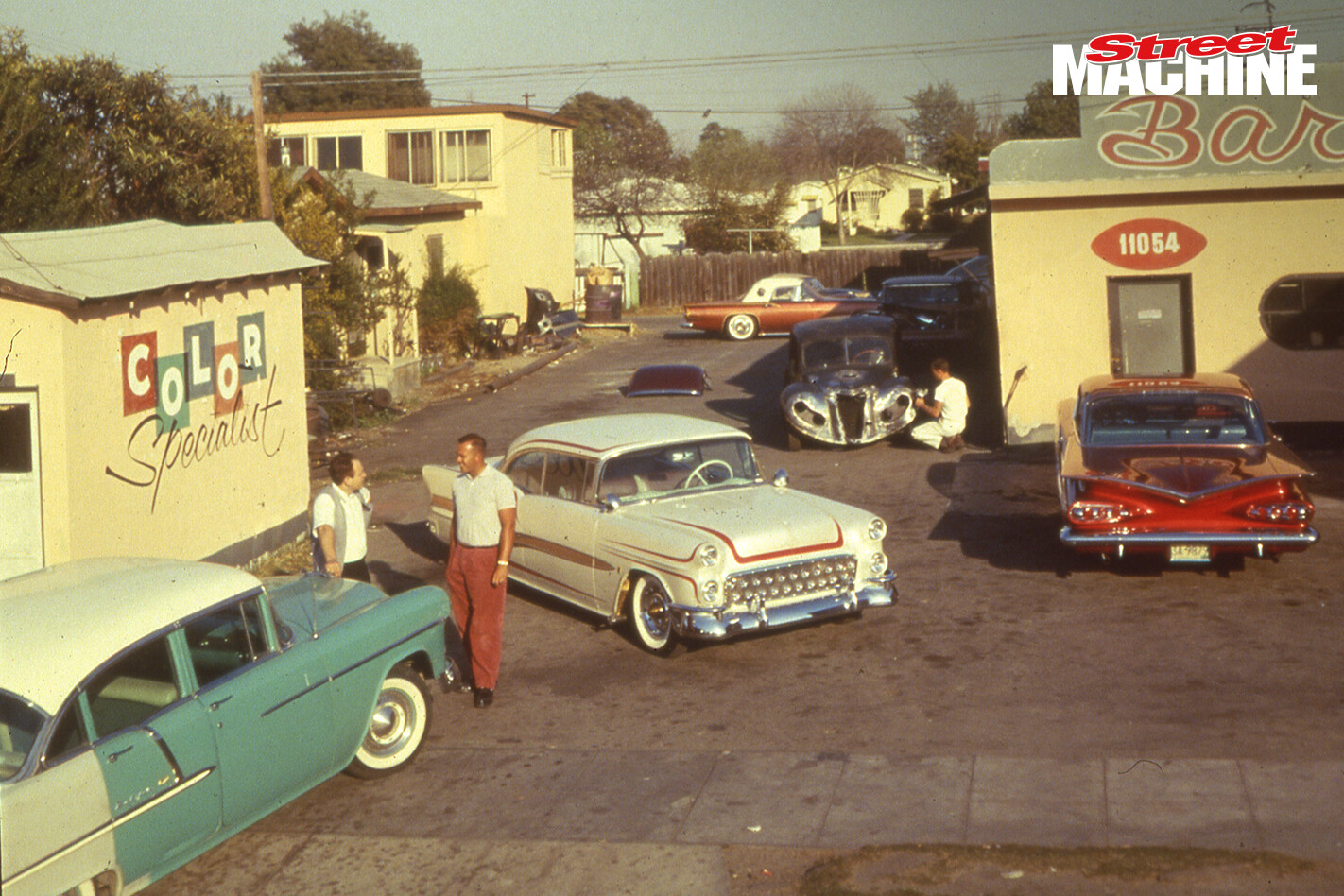
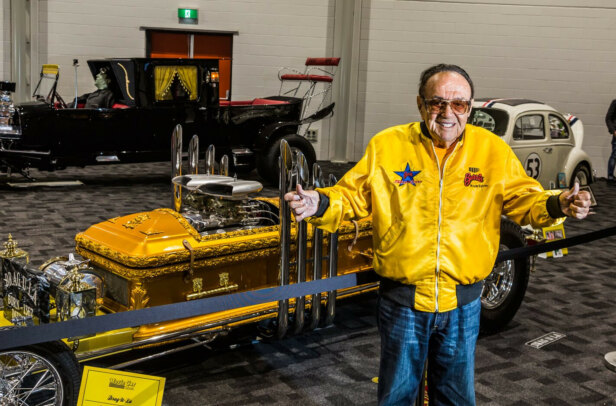
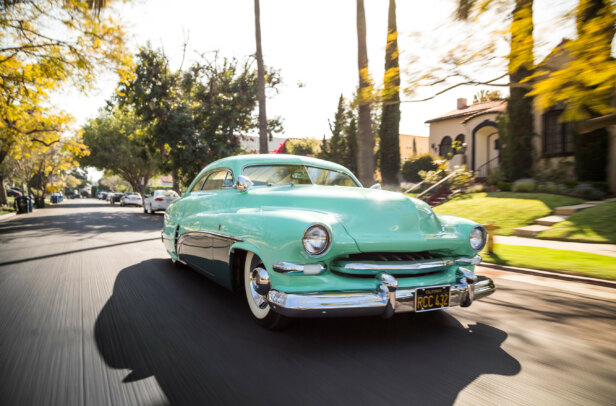
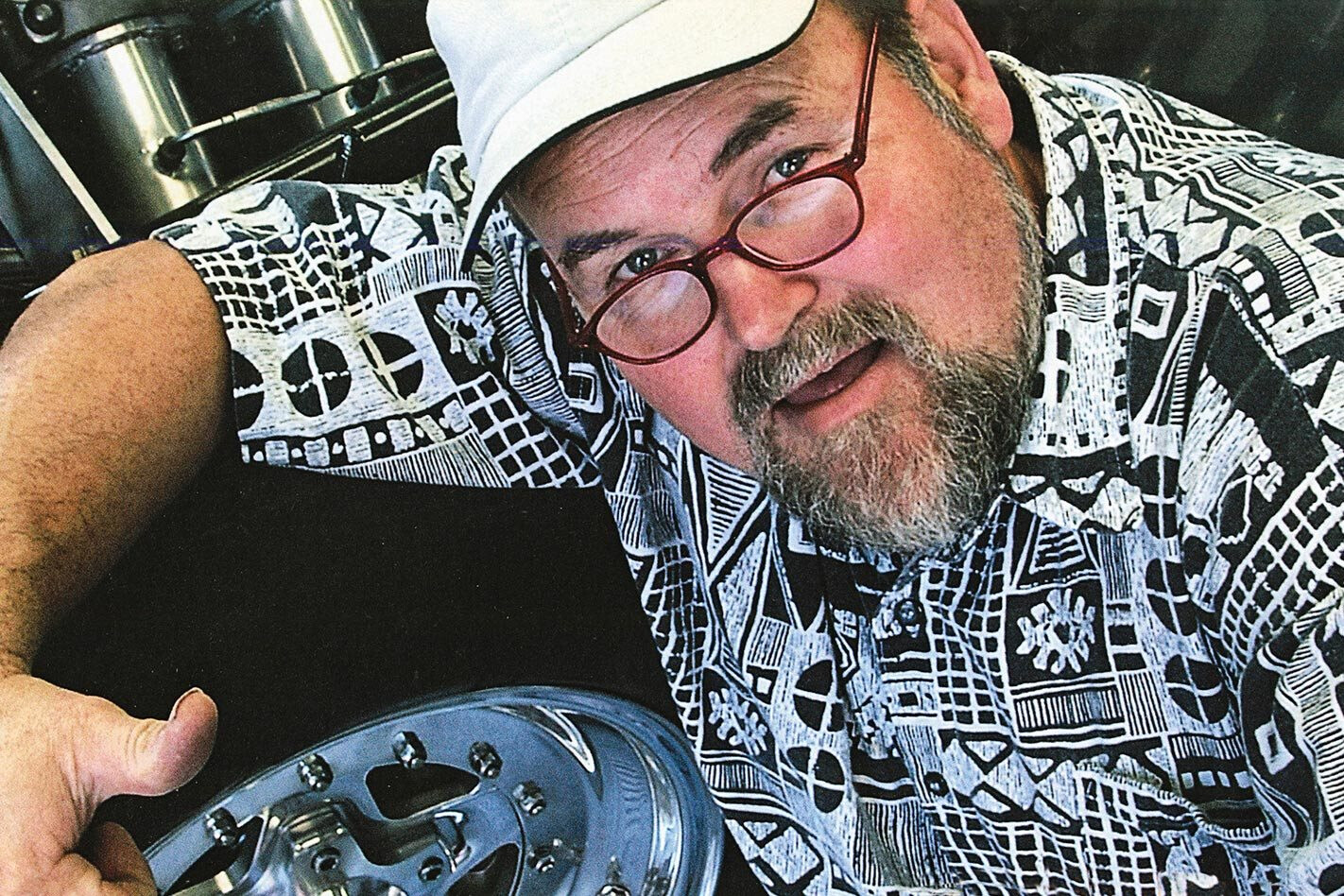
Comments